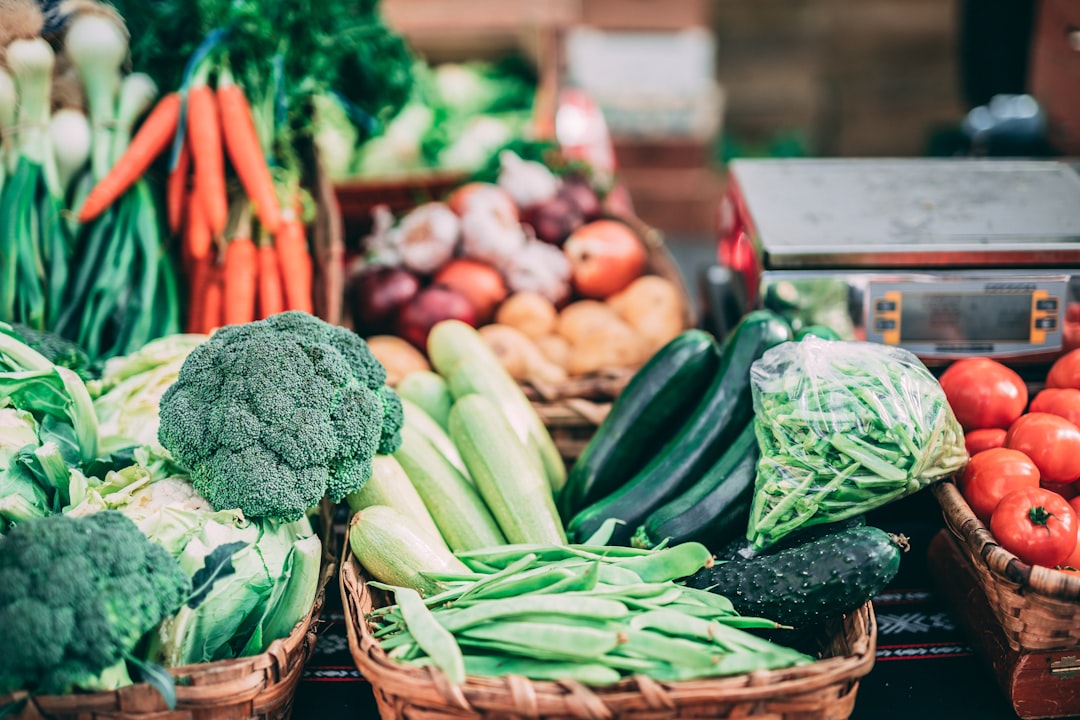Starting a vegetable garden can be an exciting and rewarding journey, but one of the first—and most important—steps is understanding which vegetables will thrive in your local climate and growing season. Planting the wrong vegetables at the wrong time can lead to disappointment, but with a little planning, you can set yourself up for a successful harvest.
This guide will walk you through the basics of hardiness zones, seasonal considerations, and how to choose the best vegetables for your garden.
1. Understanding Hardiness Zones
The first step to choosing the right vegetables is knowing your local hardiness zone. A hardiness zone is a geographic area defined by its average annual minimum winter temperature. These zones, established by the USDA and similar systems worldwide, help gardeners determine which plants can survive in their region.
For example:
-
Zone 3: Very cold winters (average minimum -40°F/-40°C). Best suited for short-season vegetables like lettuce, radishes, and spinach.
-
Zone 8: Mild winters (average minimum 10°F/-12°C). Great for a variety of vegetables, including tomatoes, peppers, and cucumbers.
You can find your hardiness zone by checking local gardening resources or online maps. Once you know your zone, look for vegetables labeled with the corresponding zone number or temperature range.
2. Seasonal Considerations
Vegetables have specific growing seasons, and understanding these will help you plan your garden effectively. Most vegetables fall into two categories:
Cool-Season Vegetables
These crops thrive in cooler temperatures, usually in spring or fall. They can often tolerate light frosts and prefer soil temperatures between 45°F and 75°F (7°C to 24°C). Common examples include:
-
Leafy greens (lettuce, kale, spinach)
-
Root vegetables (carrots, radishes, beets)
-
Brassicas (broccoli, cauliflower, cabbage)
Warm-Season Vegetables
These crops require warm soil and air temperatures to thrive and are often planted after the last frost date. They perform best in temperatures above 70°F (21°C). Examples include:
-
Tomatoes
-
Peppers
-
Cucumbers
-
Squash
-
Beans
Knowing your region’s frost dates is crucial. The last frost date in spring marks when it’s safe to plant warm-season vegetables, while the first frost date in fall indicates when the growing season ends.
3. Matching Vegetables to Your Climate
Some vegetables are more adaptable to varying climates than others. Here are a few examples:
-
Hot and Dry Climates: Opt for heat-tolerant vegetables like okra, eggplant, peppers, and sweet potatoes. Provide mulch to retain soil moisture and shade cloth for extra protection.
-
Cool and Wet Climates: Leafy greens like lettuce and kale, along with root crops like carrots and turnips, do well in cooler, damp conditions.
-
Short Growing Seasons: If you live in a region with a brief summer, choose fast-maturing vegetables like radishes, snap beans, and zucchini. Look for seed packets labeled "early" or "short season."
-
Long Growing Seasons: Enjoy a wider variety of crops, including those with longer maturation times, such as pumpkins, melons, and winter squash.
4. Planning Your Garden
Start with a Garden Calendar
Create a calendar based on your frost dates and hardiness zone. Map out when to plant each vegetable. For example:
-
Early spring: Cool-season crops like peas and lettuce
-
Late spring: Warm-season crops like tomatoes and peppers
-
Fall: Another round of cool-season crops for an extended harvest
Consider Companion Planting
Some vegetables grow better when planted together. For instance, carrots and onions are great companions because they deter each other’s pests. Tomatoes and basil are another classic pair.
5. Experiment and Learn
No matter how much planning you do, gardening is a process of trial and error. Start small with a few vegetables and gradually expand as you gain experience. Keep a journal to track which crops perform well in your garden and what you can improve next season.
Final Thoughts
Choosing the right vegetables for your climate and growing season is the foundation of a thriving garden. By understanding hardiness zones, seasonal needs, and local conditions, you can cultivate a bountiful harvest and enjoy the many rewards of gardening.
Remember, even the most experienced gardeners started as beginners. So grab your seeds, dig into the soil, and watch your garden grow!

Comments
No comments yet. Be the first to comment!
You must be logged in to comment. Login